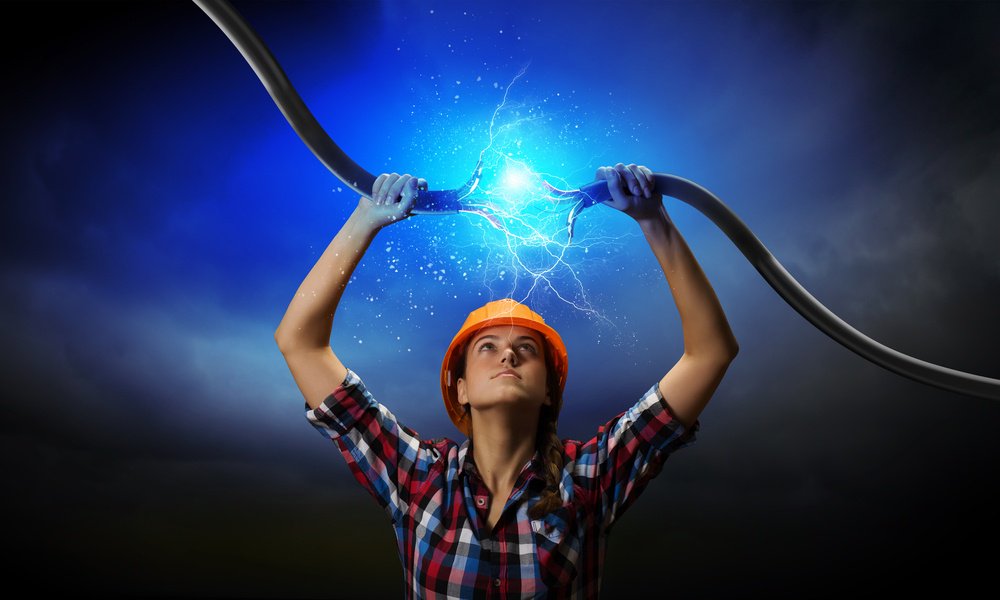As the cost of solar panels, wind generation and battery storage falls, individual households and consumers are increasingly generating their own electricity, becoming less reliant on the power grid.
This has led to energy systems becoming increasingly decentralised, which helps shift market power from large utility companies to individual “prosumers” – consumers who produce their own electricity.

These developments have encouraged a rapid rise in the number of community energy projects around the world, where households generate, store, and trade energy with each other. In Scotland alone, the main community energy advice group lists over 300 projects that it supports.
Academics studying the UK’s energy future are increasingly interested in the potential of these community energy models, such as the Findhorn ecovillage in northeast Scotland, with its energy efficient homes, solar panel arrays and community-owned wind turbines.
Such projects usually work by enabling exchanges of energy between producers and consumers inside a microgrid which serves the community, providing local energy resilience to future supply shocks. One house can buy excess renewable generation from a neighbour’s solar panels, or from a community wind turbine.
Trading electrons using blockchains
Blockchains are best known as the technology behind cryptocurrencies such as Bitcoin, but are increasingly explored in community energy systems. Blockchains can act as a digital record for tracking energy and money transactions, without the need for a utility company to act as a trusted intermediary.


